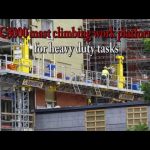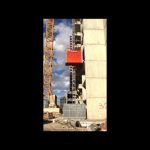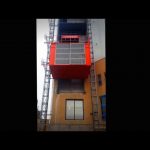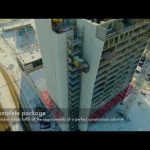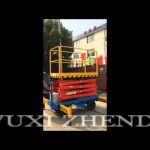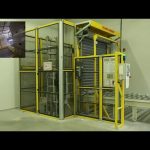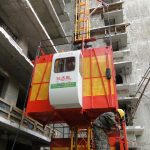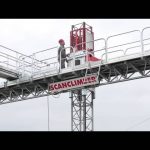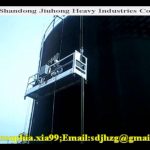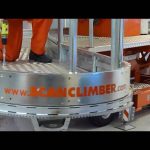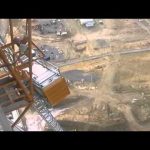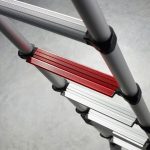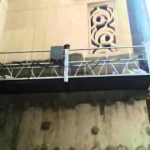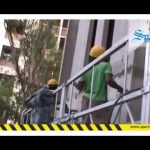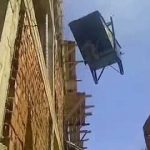Suspended platforms offer several advantages that make them particularly valuable in construction, maintenance, and repair industries, especially when working on high-rise buildings. Here are some of the key benefits:
1. **Accessibility**: Suspended platforms provide access to high and hard-to-reach areas without the need for constructing permanent structures such as scaffolding. This is particularly useful for tasks like window cleaning, exterior painting, and facade repairs on tall buildings.
2. **Cost-Effectiveness**: Using a suspended platform can be more cost-effective than other methods such as erecting traditional scaffolding. It requires less material and labor to set up and dismantle, which can lead to significant savings, especially on large projects.
3. **Flexibility**: These platforms can be easily adjusted to different heights and positions, allowing workers to access various parts of a building's exterior quickly and efficiently. This adaptability makes them suitable for a wide range of tasks.
4. **Safety**: When properly used with safety harnesses and other protective gear, suspended platforms provide a secure work environment. They are designed with guardrails and other safety features to protect workers from falls.
5. **Efficiency**: Suspended platforms can be deployed and relocated relatively quickly, which helps reduce the overall time spent on projects. This efficiency can be crucial in minimizing disruption in urban environments or in commercial settings where time is of the essence.
6. **Minimal Impact on Building Structure**: Unlike some types of scaffolding, suspended platforms do not require anchoring into the building's facade, which can be beneficial for historic or delicate structures where minimal impact is desired.
Overall, suspended platforms are an indispensable tool in modern construction and maintenance, offering a blend of safety, efficiency, and flexibility that is hard to match with other access methods.
http://www.scanclimber.com - Scanclimber SC8000 mast climbing work platform at bricklaying/masonry work in Keimola, Finland. The video shows the most important benefits of the robust SC8000 mast climber with maximum payload of 8000 kg (twin mast) at this heavy-duty work. Workers can be lifted/elevated to the optimum and most productive working height for laying brick which allows bricklayers/masons to work easier and faster and with less strain on their arms and backs. Large load capacity reduces the number of trips up and down to transport materials. With mast climber the quality of bricklaying improves as you can easily see and inspect work. At 1:08 and 1:25 you can see the easily movable Scanclimber LT500 lifting table with loading bridges on both sides and adjustable outriggers for irregular ground.
Read more about SC8000 mast climbing work platforms:
http://scanclimber.com/products/sc-work-platforms/sc8000
See also another video of bricklaying with SC8000 mast climber:







